The pandemic-necessitated change from physical to virtual interactions in business, education and even entertainment reminded us that in-person communication is the fullest and best form of communication. That is why God became one of us through the Incarnation.
And yet, the Good News has always reached the largest numbers of people through the media of the day. That began with the Bible under the inspiration of the Holy Spirit. In a sense, Sts. Matthew, Mark, Luke, John and Paul were the original Catholic media figures as they reported and reflected on the life, death and resurrection of Christ in writings that became part of the canon of the New Testament.
In a similar way, missionary disciples of succeeding generations in the Church have used books, newspapers, magazines, radio, television, videos, websites and, most recently, social media to attract, educate and evangelize Catholics and non-Catholics alike. Bishop Edward D. Fenwick founded The Catholic Telegraph newspaper for exactly those purposes in 1831, when the Diocese of Cincinnati was just 10 years old.
Now in its 191st year, The Catholic Telegraph endures today as an engaging monthly magazine with the mission of “bringing the faith into the home.” That is because print remains an important means of communicating the goodness, beauty and truth of the Catholic faith. Today, the Archdiocese of Cincinnati utilizes the full spectrum of communication media, from print to digital. The archdiocese also encourages and appreciates the evangelizing work of Sacred Heart Radio in greater Cincinnati and Radio Maria in greater Dayton.
Long before the coming of digital media, Pope St. Paul VI wrote prophetically in his 1975 apostolic exhortation Evangelii Nuntiandi about the importance of new communication technologies. “The Church would feel guilty before the Lord if she did not utilize these powerful means that human skill is daily rendering more perfect. It is through them that she proclaims ‘from the housetops’ the message of which she is the depositor. In them she finds a modern and effective version of the pulpit. Thanks to them she succeeds in speaking to the multitudes” (EN 45).
Along the same lines, Pope St. John Paul II referred to present- day social communications as “the modern equivalents of the Areopagus” (Redemptoris Missio 37), referring to the hill in Athens from which St. Paul preached to large crowds (Acts 17:22-31). This is a positive comparison, and the Church has consistently viewed new forms of media as potential partners in mission.
In his message for World Communications Day in 2021, “Communicating by Encountering People Where and As They Are,” Pope Francis noted dangers as well as opportunities in today’s omnipresent media. “[T]he risk of misinformation being spread on social media has become evident to everyone,” he wrote. “We have known for some time that news and even images can be easily manipulated, for any number of reasons, at times simply for sheer narcissism. Being critical in this regard is not about demonizing the internet but is rather an incentive to greater discernment and responsibility for contents both sent and received.”
Discernment of content involves taking the time to reflect on such questions as: Is this true? Is it charitable? Is it helpful? That is especially important before sharing on social media. Even Catholic sources of information require such scrutiny. As St. Paul urged, “Test everything; retain what is good” (1 Thess. 5:21).
Catholic media and Catholics who work in media step into these spheres, proclaiming the Good News and the teachings of the Church, meeting people where and as they are. As we engage with the media, whether it be through what we consume on television and radio, or how we interact on social media, let us do so with an eye towards Christ and that which is good, beautiful and true.



